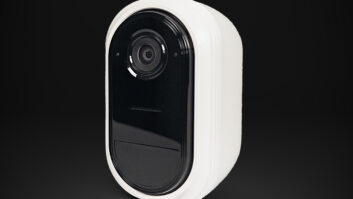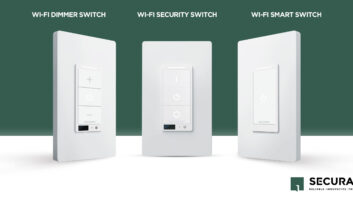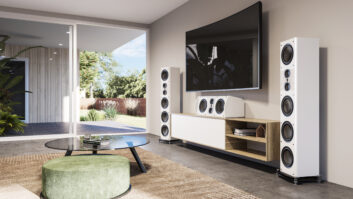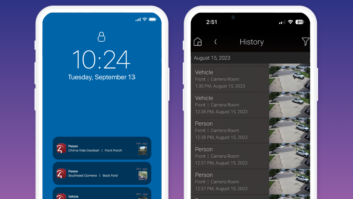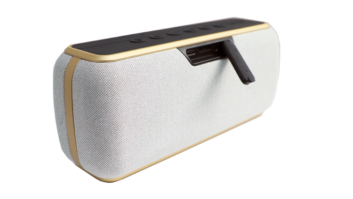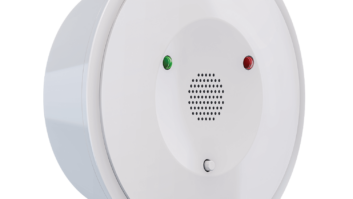A couple of weeks ago, a couple came into our store. The man said they belonged to a local church and that they were looking for security options and wondered what we had done for other houses of worship. I started asking some general qualifying questions like what they were trying to secure, were they looking for theft prevention or surveillance to monitor for any vandalism. That’s when the man stopped me.
“No. We’re looking for a way to protect our congregation from things like…” He let the words hang, because some things are too awful to say, and also because I knew what he meant.
After the recent church shooting in Texas — following the massacre in Las Vegas — things like gathering together and attending a worship service are no longer as safe as they should be.
This man was wondering what ways technology could be used to help protect his congregation, and, sadly, I didn’t have any immediate answers for him. Traditional alarm systems are used to protect buildings from theft when no one is there, not for helping to actually secure a building. A video surveillance system is great for recording an event and identifying what happened and who was involved, but also doesn’t offer any actual protection.
I attend worship services regularly, typically twice a week, and safety is now one of the things on my mind as my family and I select our seats. Such as where are the exits, and who is coming in that I don’t recognize.
The definition of a “soft target” is “a person or thing that is relatively unprotected or vulnerable, especially to military or terrorist attack,” and a church is about one of the softest targets there is. One of the inherent problems with securing a house of worship is that they are designed to be open and welcoming. Most have a “doors open” policy that welcomes all visitors, with lots of glass to let in light, which makes it difficult to secure.
Even so, I thought of some pretty basic things where technology can improve the safety and security of worship centers.
Monitored Security
While an alarm won’t stop an attack, it can definitely notify the authorities immediately and make sure help is on the way. Also, a loud siren will attract attention and instantly notify everyone. Having a panic button in close proximity to a trusted person — such as at the sound console area — is a good first step.
Dual-Entry Doors
If you’ve ever visited a bank in Europe, you’ll likely recall that they utilize a dual-entry system. You enter through a main door into a holding chamber, with a locked second door that leads into the bank. When you’ve been viewed and cleared, you are buzzed into the bank proper. With monitored cameras both outside the sanctuary and inside viewing this dual-entry area, a potential threat could be identified quicker.
Automated Locks
Being able to quickly lock doors to limit access is crucial in a crisis. While there are no shortage of typical deadbolt-style automated locks, these are more easily defeated with brunt force. Far better is an electromagnetic lock or strike that can require up to 1,500 pounds of force to release, far more resistant to a shoulder charge or boot kick.
Push to Enter, Motion to Exit
Hand-in-hand with locked doors is providing easy access to those you want to let in. Once services begin, a push button could be used to request entry, or someone from the church could stand outside to welcome visitors and allow them entry with a card access system. A motion detector over the exits can be used to automatically allow the door to be opened for a period of time.
Better Glass
Instead of regular glass for the doors, get something better. One option is smart, electronic glass. While film that turns from clear to opaque at the push of a button is nothing new, it has certainly come down in price. When the service starts, the exterior doors and main worship/gathering area could be “dimmed” to keep people from looking in, giving a measure of privacy and security. Of course, this type of glass offers no protection from shattering. A better option would be hurricane/impact resistant glass that wouldn’t easily break or shatter. Even better is bullet-resistant polycarbonate sheets that are practically indistinguishable from a regular door but which can absorb multiple ballistic impacts without failing.
Knowledge is Power
My 11-year-old daughter’s school conducts regular lockdown drills where classrooms prepare for an intruder. They lock the doors, turn out the lights, and the kids hide quietly in the classrooms. Scary? Absolutely. But no more so than we prepared to duck-and-cover in the event of nuclear attack back when I was in school in the ’80s. A discussion to make sure people are aware of what is going on and that they have a plan of exit or action if something happens can go a long way toward preventing panic if something does happen. Also instruction people to be aware of what is going on around them — situational awareness — is always helpful.
While technology might not offer the perfect solution, it can certainly be used in creative ways to buy time in order to get people to safety while help arrives in the event of an attack.
If you’re company has been involved in securing a house of worship, please share what you did in the comments section.
